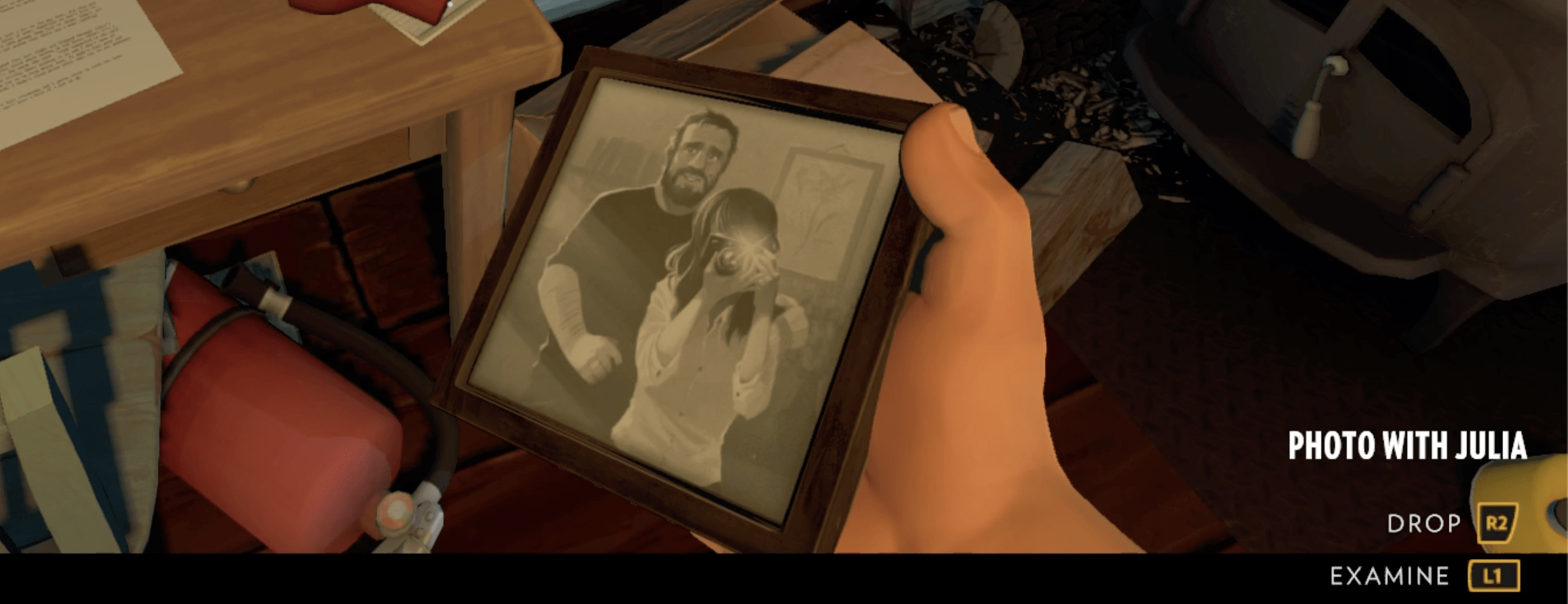After reading the Brief History of Walking Simulators, I was surprised at the influence of the government in the popular gaming genres. I am shocked at how the U.S. Military invest vast amounts of funds into the development of war-oriented games with the intention to influence players to join them Military.
For my critical play, I decided to play “Firewatch”, as I was intrigued at the premise of the videogame.
The premise of this game surrounds Henry, a Colorado Native who loves hiking and going on trips. Henry meets Julia, who is an academic at the Colorado Boulder University. Things seem to go great between them, to the point where they both get married.

However, things go downhill once Julia takes a job at Yale, which is over 2000+ mi away from where they live. With the onset dementia that Julia develops in her early 40s, the relationship between Henry and Julia is affected negatively as a result, to the point where Julia enters a 24-hr care center. Henry feel horrible about the whole thing, and takes on job far away from society, as a tower watcher for a forest.
Firewatch Analysis:
- Background:
- Name: Firewatch
- Creator: Campo Santo
- Platform: Windows, OS X, Linux, Play Station 4, Xbox One, Nintendo Switch
- Target Audience: Players who are interested in nature, narrative, suspense, slice of life.
- Formal Elements of Game:
- Objective: The game is oriented towards a mix of outwit, territory and capture. It should suffice to say that there is no strict category under which I would label this game without including another. This is because there isn’t a clear sense of an end-goal, as the generally popular games are – e.g. to save the Princess (Mario), to kill an enemy (God of War), etc.
- Outcomes: This game hints at a non-zero-sum. However, the point of Firewatch, from my experience playing it, is more about advancing the narrative rather than “winning” some reward.
- Rules: The world is open for exploration to the player, with events that end up occurring at the Forest. However, the main player is restricted from straying too far from the narrative, as the area is designed to block the player from exploring other areas unless the narrative allows for it.
- Procedures: The way the narrative advances is via a radio control, where a woman speaks and interacts with the player.
- Resources: Along the same lines, the woman on the other end of the radio is the main resource to the main player. When the player becomes lost or wishes for interaction with another person, the player can get in touch with the woman. Besides the woman, there are artifacts around the area the main player can make use of.
- Improvements:
- The interactive nature of the game is not controlled. At times, the opportunity to interact with the woman on the radio, which is timed, is overcome by another activity which cannot be stopped due to animation.
Overall a really intriguing and eye-grabbing game that is immersive via its narrative.



